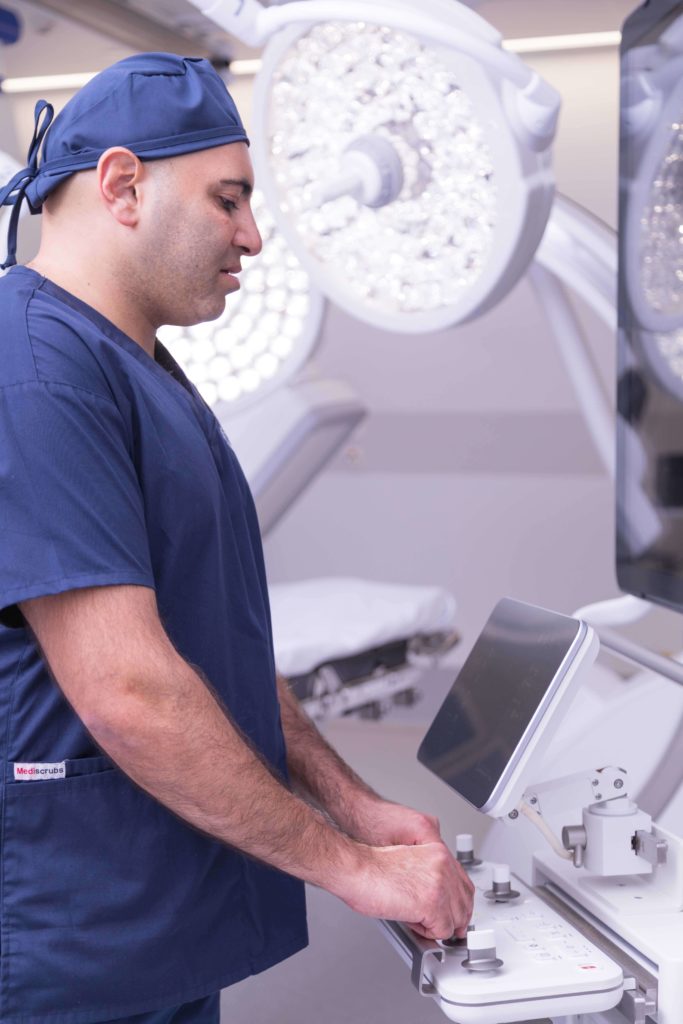Vascular malformations
What is a Vascular malformation?
Vascular malformations are a group of disorders in the development of arteries, veins, and/or lymphatic vessels. They are congenital (you are born with them) but they often grow during life. They most commonly occur in the head and neck regions and can cause pain, disfigurement, localized blood clotting, or can become infected. Most often they present in childhood as a swollen area of the neck, face, armpit, or limbs that may have a bluish discolouration (venous malformation). Sometimes they present later in life with pain if they develop clot or infection.
In recent years, there is new evidence showing that most vascular malformations are associated with localized mutations in genes just in that part of the body (somatic mosaic mutations), which has opened up the possibility of using tablet medications for some very severe malformations that cannot be cured by endovascular treatment.
Diagnosis
The diagnosis may be suspected by your paediatrician or GP. The most useful tests for looking at a malformation to figure out its type and extent are ultrasound and MRI. At Sydney AVM, we are happy to help you arrange the best tests for you or your child to make the diagnosis.

Treatment Options
The most common and most effective treatment option is called sclerotherapy – where we inject medications directly into the malformation under ultrasound and X-ray guidance that can damage the abnormal cells that line the inside of the malformation. This results in an internal ‘scarring’ of the malformation – allowing it to shrink over several sessions and in many cases resulting in cure. For more complex malformation, a combination of sclerotherapy with embolization using coils, glue, or a lava-like liquid (Onyx) may be required.
These medications include doxycycline (an antibiotic) for lymphatic malformations, bleomycin (a chemotherapy drug but given at very low doses with minimal side effects) for venous and lymphatic malformations, and Fibrovein (sodium tetradecyl sulfate) which is useful in venous malformations.
At Sydney AVM we can discuss in detail with you the potential treatment approaches, the medications we use, and how to best approach the condition.
FAQ’s
At Sydney AVM, we undertake a detailed analysis of the malformation based on the clinical, ultrasound, and MRI appearances. Then, during treatment under general anaesthesia or sedation, we place a thin plastic cannula into the malformation using ultrasound and X-ray guidance, map the malformation with contrast dye, and then inject the appropriate and safest medication for your type of malformation. We then arrange with you to shrink the malformation over a series of usually 3-5 procedures, separated by 6-12 weeks each, depending on the size and complexity.
Bleomycin has a very low risk associated with it when injected in the low doses and controlled fashion that we use for vascular malformations. It is well tolerated by many patients and is often less painful than other sclerosing agents. It is a form of chemotherapy, but the major side effects of the chemotherapy occur when you use it at much higher doses. The major precaution we take is to avoid adhesive tapes during your procedure as the medication can make your skin more sensitive to light for a short period.
You can find more information on bleomycin for sclerotherapy at this website from the Great Ormond Street Hospital in London:
Click on the links below for Vascular Malformation Resources
